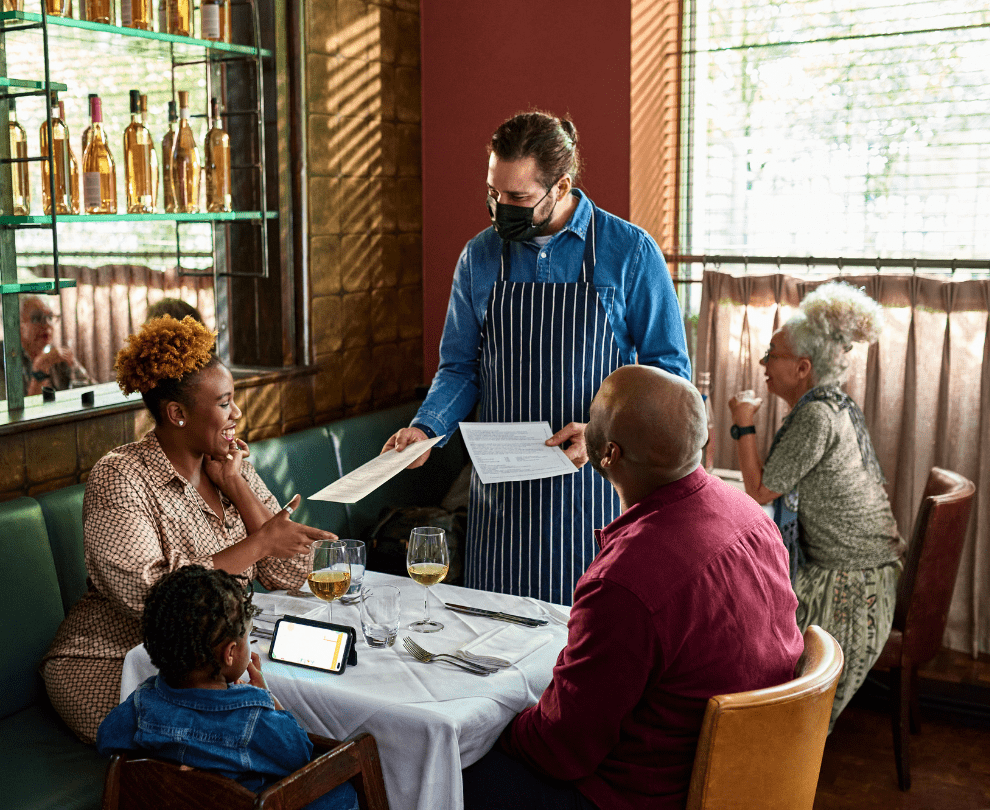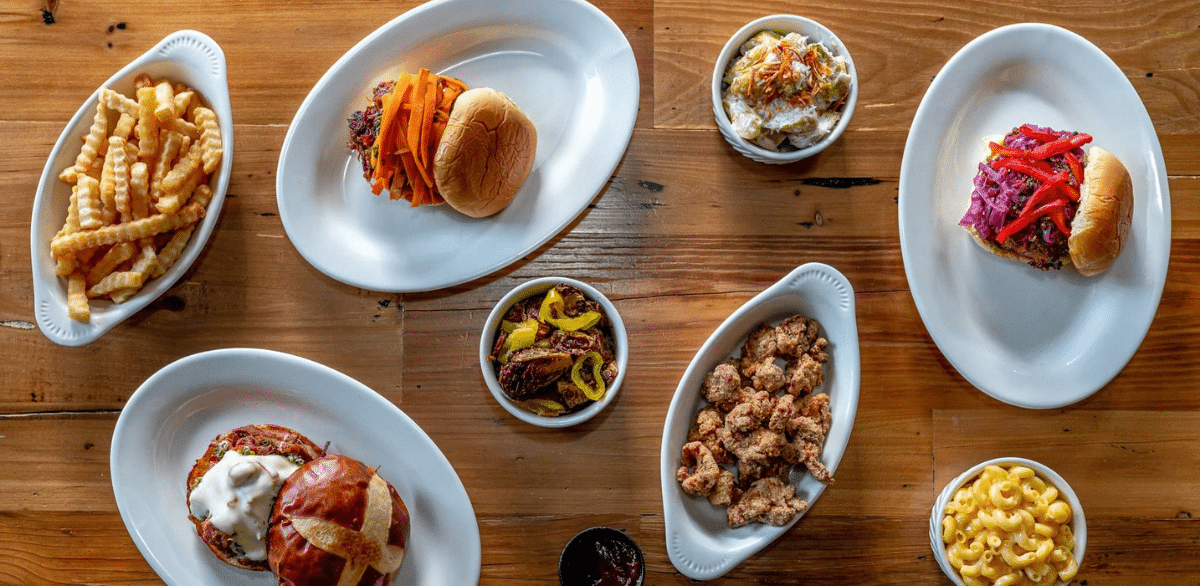Sign up for restaurant insights
Alcohol can be an extremely lucrative menu item for your restaurant — but only if you serve high-quality drinks. To create the best possible beverages, you’ll need the right recipes, precise preparation, and a safe and effective alcohol storage system.
Not sure your restaurant is meeting the guidelines for drink storage? When you understand how storage affects the flavor and longevity of alcohol, it’s easier to create and follow best practices for your bar stock.
Importance of proper alcohol storage
Proper storage extends the shelf life of your wine, beer, and liquor collection; it also helps ensure the colors and flavors stay intact. This is a big deal for your restaurant — alcohol is expensive, and it’s important to safeguard your investment. It also protects the integrity of your cocktails, ensuring customers always have the best possible experience. As you gear up to add new drinks to your menu, ensure you store your alcohol properly.
Storage principles apply to both unopened and opened bottles of alcohol. If you keep unopened bottles the right way, they have a nearly indefinite shelf life. That means you can buy liquor at a good price and keep it for years, if necessary.
Once a bottle is opened, you should use it as soon as possible; the contents begin to oxidize when they’re exposed to air. The color may start to change, but more importantly, the flavors will be less potent. With careful liquor storage, spirits typically last for about 1 to 2 years before they go bad. Clear spirits with a high alcohol content, including vodka and gin, can last longer, but you’ll get the best flavor within the first 2 years.
Wine has a much shorter shelf life. After opening, a bottle of red wine lasts between 3 and 5 days with safe storage. White and rosé wines last up to 7 days, and sparkling wine is good for just 1 to 3 days.
Tips for storing your restaurant’s alcohol
No matter what type of alcohol you’re storing, follow three main rules: Keep it cool, dry, and away from the sun. Heat and direct sunlight can degrade the contents, even when the bottle is unopened. Different types of alcohol have more advanced storage requirements; use these tips to find the right method for every bottle in your bar inventory.
Choose a low-traffic storage area
To prevent drastic changes in temperature and lighting, select a storage space that’s cool, dark, and out of the way. A basement, wine cellar, large cabinet, or dark storage room works well — just make sure to check the temperature and humidity levels periodically to ensure they stay consistent. Refrigerated storage facilities are fine, but not necessary for liquor, wine, and beer. If you’re using a non-refrigerated space, simply move beer cans or bottles to a bar fridge to cool before serving.
When possible, find a storage spot that gets minimal foot traffic. That way, you don’t need to worry about people opening the door and letting in warm air and light. Alternatively, consider locking the door to the room or liquor cabinet.
Position bottles correctly
The position of a bottle in storage can affect its seal. This is particularly true when it comes to wine storage — always store unopened wine bottles on their sides. This allows the liquid to soak into the cork and prevents it from drying out. Dry corks let in oxygen, which affects the quality of the wine; they also tend to crumble when you open the bottle.
Some liquors, including whiskey, come with a cork. Store these bottles upright whether or not they’ve been opened. Standing liquor storage prevents the strong alcohol from degrading the cork.
Use the right storage for each type of opened alcohol
Once you open a bottle of alcohol, the storage requirements may change. Use these practices as a guide.
- Wine. After you open a bottle of wine, make sure it’s tightly corked. You can always store opened wine in the refrigerator, whether it’s red or white; the cold helps slow the oxidation process. Red wine can also be stored in a cool, dark place. Keep opened wine bottles upright to reduce the surface area that’s exposed to air. You might also consider pouring the wine into a smaller bottle to achieve the same goal.
- Distilled spirits. These hard liquors, which include gin, vodka, bourbon, tequila, and whiskey, can be kept at or just below room temperature. Expert ideas on this topic differ; some sources say 55 to 60 degrees Fahrenheit is the best temperature range for distilled liquor. Because these spirits have a high alcohol by volume (ABV), they don’t need to be refrigerated or stored in the freezer. In fact, liquor that’s too cold may negatively impact the flavor of the final drink.
- Fortified wines and creamy liqueurs. These types of alcohol, which include sherry, vermouth, RumChata, and Baileys, should always be refrigerated after opening. Port wine is one exception; if you don’t have space in the fridge, it can be stored in a cool, dark spot.
- Champagne. Before you open a bottle of champagne, chill it in the refrigerator for up to 3 days. You can return it to the fridge after it’s opened, but this sparkling beverage is best consumed immediately.
Alcohol storage FAQs
Can alcohol be stored at room temperature?
Unopened bottles of alcohol should typically be stored in a space that’s slightly cooler than room temperature. Opened high-alcohol liquor bottles are usually safe to store at room temperature. Other open bottles typically need to be refrigerated.
How should alcohol be kept?
You should always keep unopened alcohol in a space that’s dry and cool. Store unopened wine on its side, but keep liquor bottles standing upright.
Where should you avoid storing alcohol?
Don’t store alcohol in a sunny or warm room. These conditions won’t ruin the contents immediately, but they can speed up the degradation process. Correct liquor storage is particularly important if you keep a large stock on hand for a long period of time.
How should you store alcohol in small spaces?
If your premises are short on closets, cabinets, or storage rooms, floor-to-ceiling shelving can maximize the available space. Make sure each shelf is strong enough to hold a full load.
Proper alcohol storage helps ensure you’re serving the best possible drinks to customers. If your restaurant offers alcoholic beverages for delivery, it’s also important to consider how you’re packaging and transporting them — the right containers and fast delivery help drinks stay fresh.Don’t have the resources for full-fledged alcohol delivery? Grubhub can help; all drivers follow strict practices for transportation and ID verification to ensure beverages arrive safely. To find out more, get started with Grubhub today.




